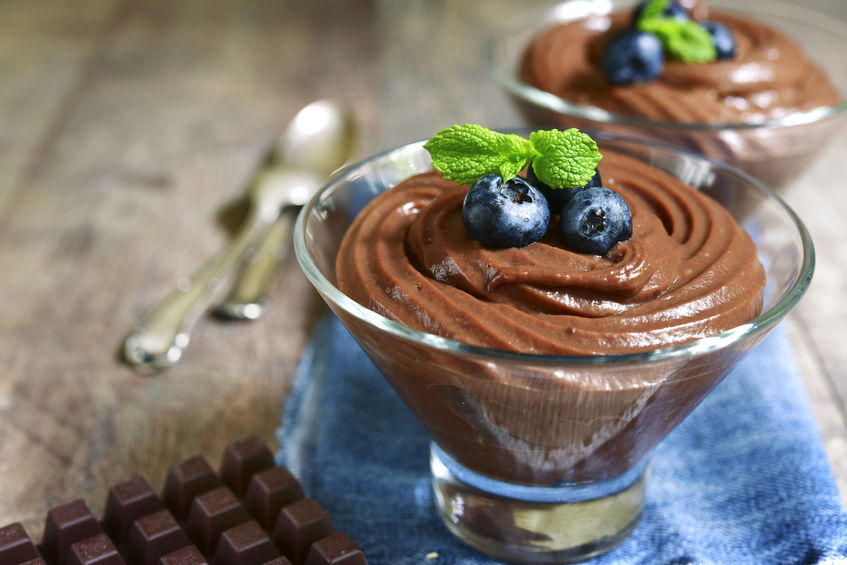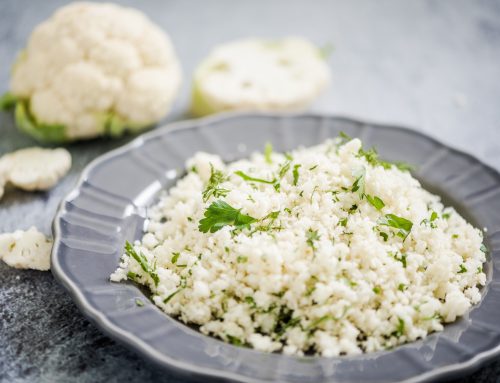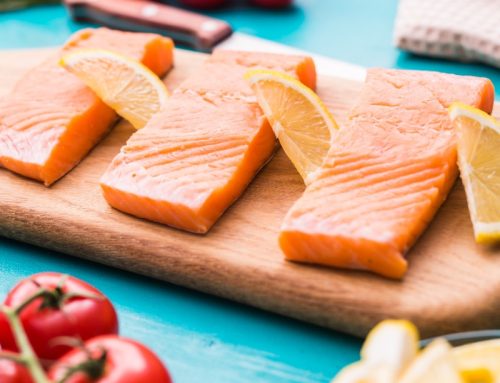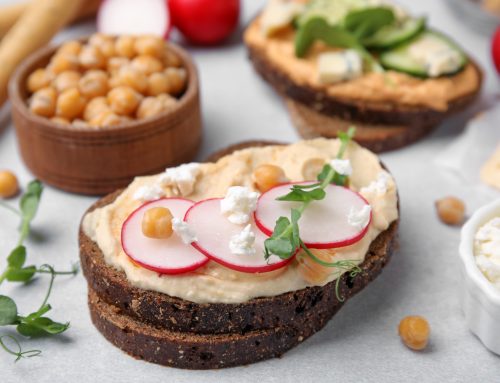Nutritionists understand that no one can go through life without eating dessert at least once in a while. And, there is no reason to be that strict with yourself to either get to or maintain a healthy weight.
I often make healthier versions of common desserts. The
trick is to make substitutions that don’t detract from the treat’s good taste
and appeal. In other words, it still needs to look and taste good.
Is Chocolate Really a Health Food?
Many of us are chocolate lovers. We often justify our indulgences by relying on the research that touts the health benefits of chocolate:
According to various studies, eating chocolate may have the following benefits:
- lowering cholesterol levels
- preventing cognitive decline
- reducing the risk of cardiovascular problems
But, before you start thinking that chocolate is a “super food,” consider these cautions:
- Most of the commercially-sold chocolate also comes with high amounts of sugar and additives. This means any benefits you could gain from flavanols are canceled out by these harmful components. Or worse, the production process could eliminate the flavanols, which we cannot accurately determine from the cocoa solids percentage.
- Researchers have yet to establish the best serving size to reap potential benefits. But we do know that eating too much can result in an elevated risk of weight gain, tooth decay, dependence, and other damaging effects.
- Something to keep in mind about existing research is that many of them are funded by chocolate companies, which means that they are prone to bias.
- An analysis of literature by Vox estimated how 98 percent of studies funded by Mars Inc. had positive findings.
- For certain individuals, chocolate consumption can also be bad for the skin and create serious problems for those who are at risk of developing kidney stones. Going on a chocolate binge can induce anxiety, diarrhea, irritability, and other such effects.
Here’s the best advice: Enjoying moderate portions of chocolate — 1 ounce a few times per week, as estimated by the Cleveland Clinic — should be harmless. Other foods which are good sources of flavonoids include apples, red wine, tea, onions, and cranberries.
The bottom line is that, until we have higher quality research, it is too early to perceive dark chocolate as a nutritious superfood or anything more than an occasional treat.
Nutritionists Recommend Healthy Substitutes
Try this nutritionist recommended healthier version of chocolate pudding. A few substitutions make a big difference.
Triple Chocolate Pudding Recipe
Cocoa powder, German’s sweet chocolate and semisweet chocolate—underscored by brown sugar and cinnamon—give this pudding its rich chocolate flavor. German’s chocolate is commonly (and mistakenly) referred to as German chocolate; but its name is actually the brand name, “German’s,” and not the chocolate’s national origin.
Ingredients (makes 6 servings)
- 3 tablespoons unsweetened cocoa powder
- 3 tablespoons cornstarch
- 1/3 cup packed dark brown sugar
- 3 cups low-fat (1 percent) milk
- 1/2 teaspoon cinnamon
- 1/4 teaspoon salt
- 2 ounces German’s or other sweet chocolate, coarsely chopped
- 2 tablespoons mini chocolate chips (1 ounce)
- 1 teaspoon vanilla extract
Directions
1. In a small bowl, combine the cocoa powder, cornstarch, brown sugar, and 1/2 cup of the milk.
2. In a medium saucepan, combine the remaining 2 1/2 cups milk, cinnamon, and salt. Bring to a boil over medium heat. Whisk the cocoa mixture into the boiling milk and cook, whisking, just until thickened, about 4 minutes.
3. Stir in the sweet chocolate and chocolate chips. Remove from the heat, cover, and let stand until the chips have melted, about 1 minute. Stir in the vanilla extract. Spoon into 6 bowls and chill until serving time.
Nutrition (per serving)
Calories 187
Fat 5.5g
Carbs 1g
Protein 31g
Click here to read full recipe recommended by nutritionists.







